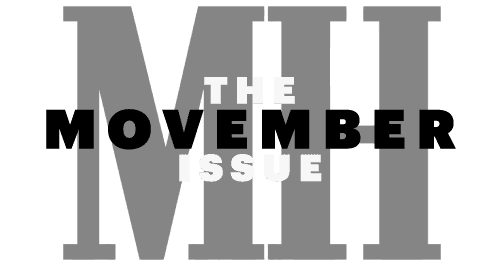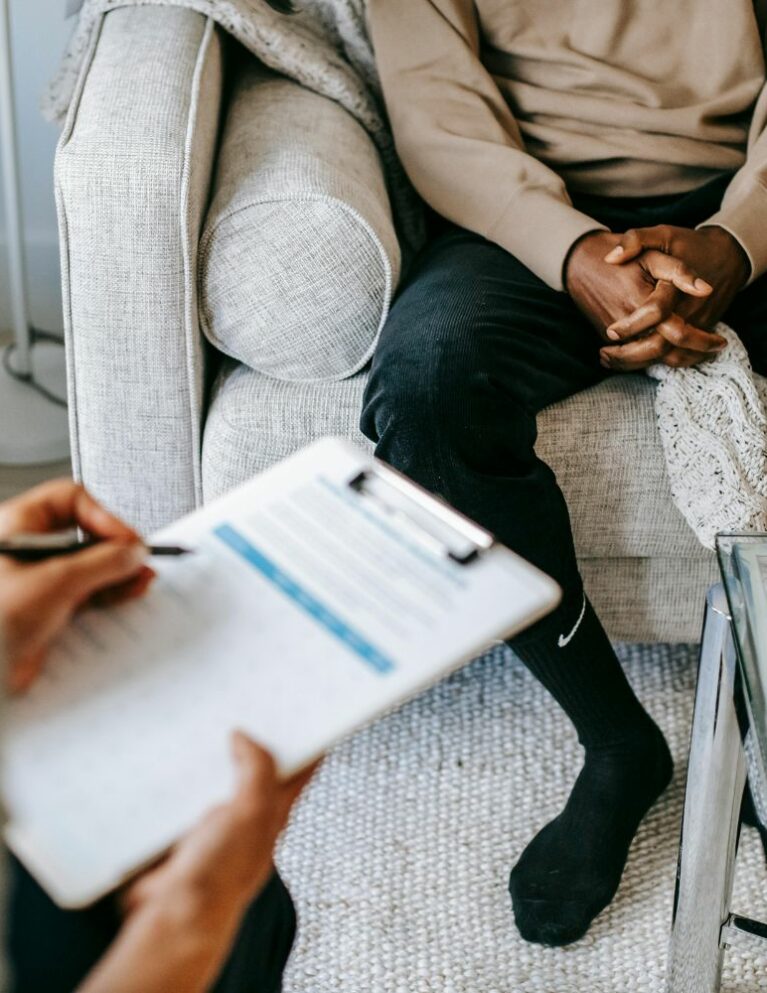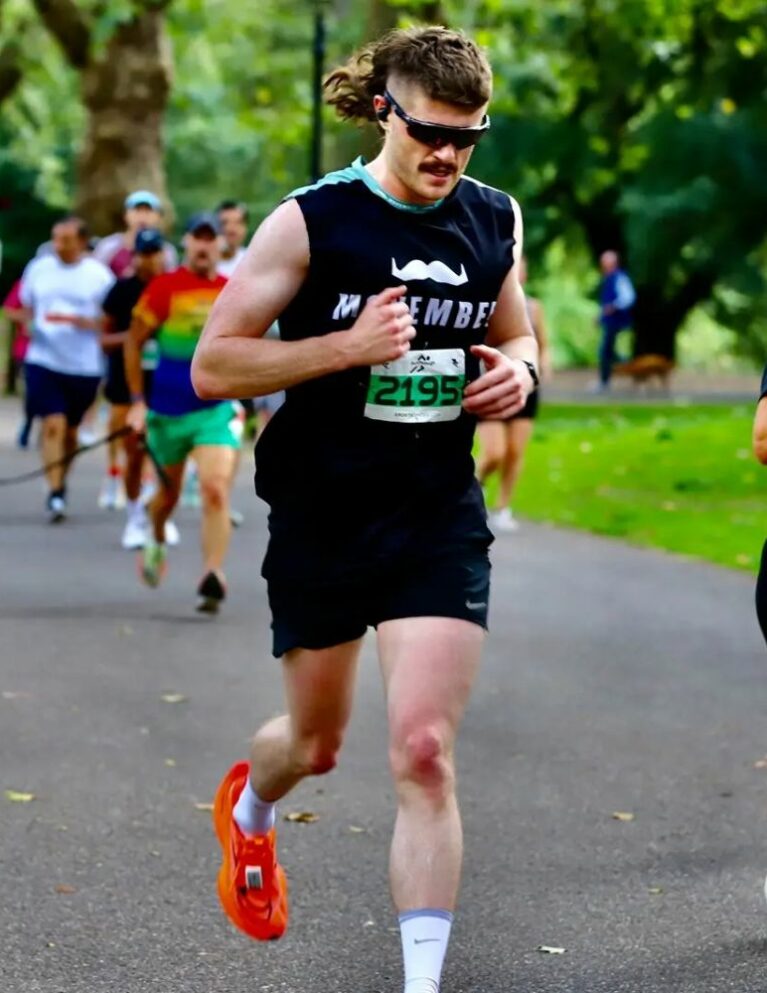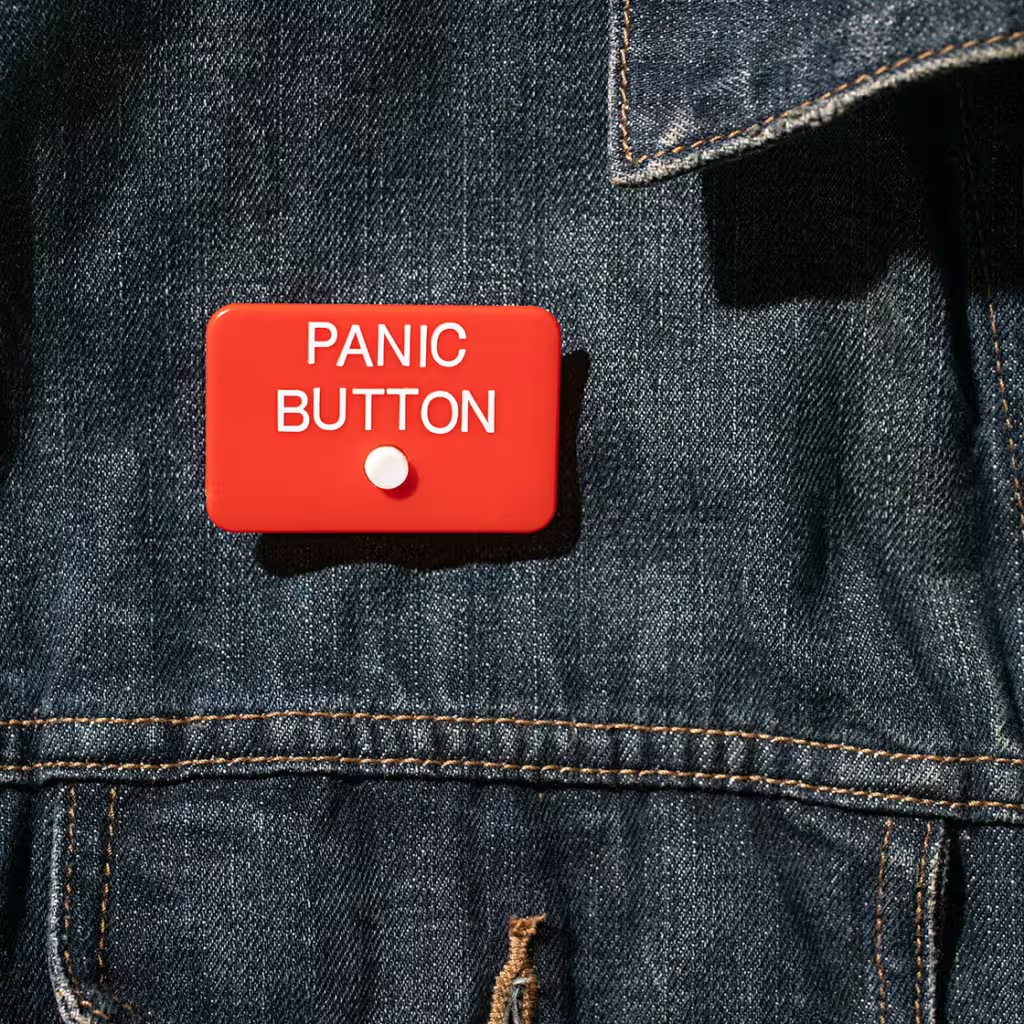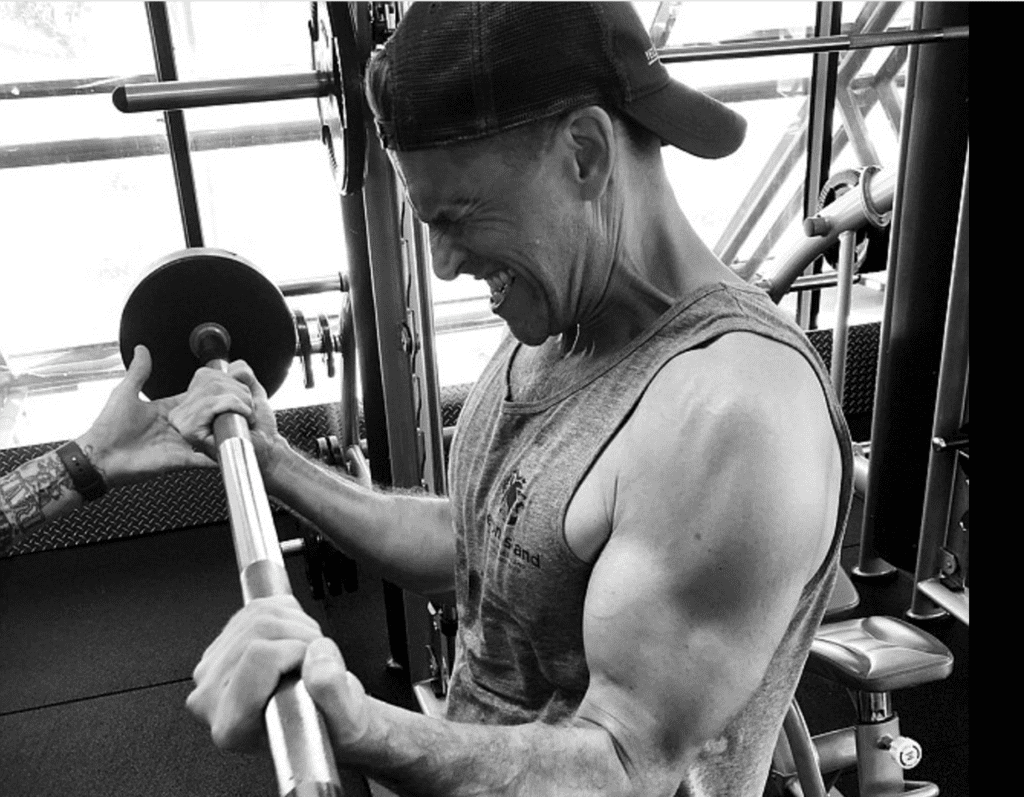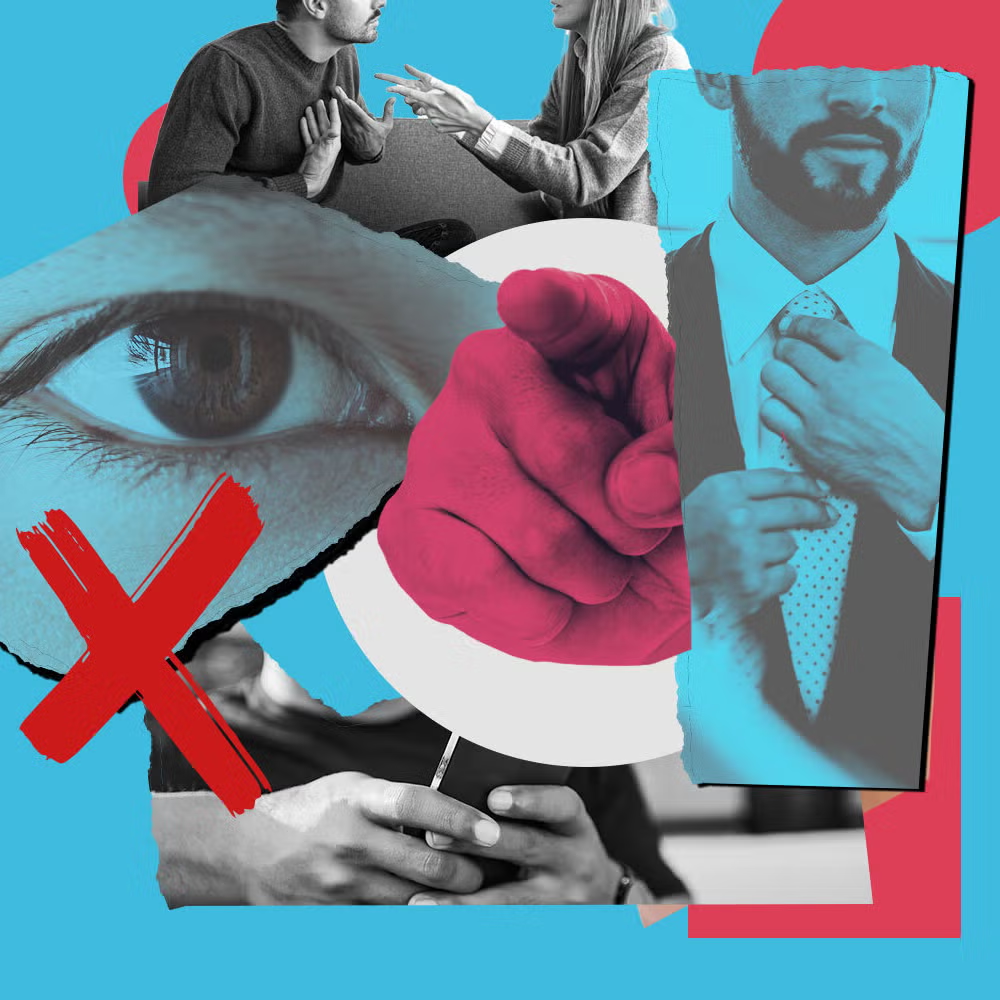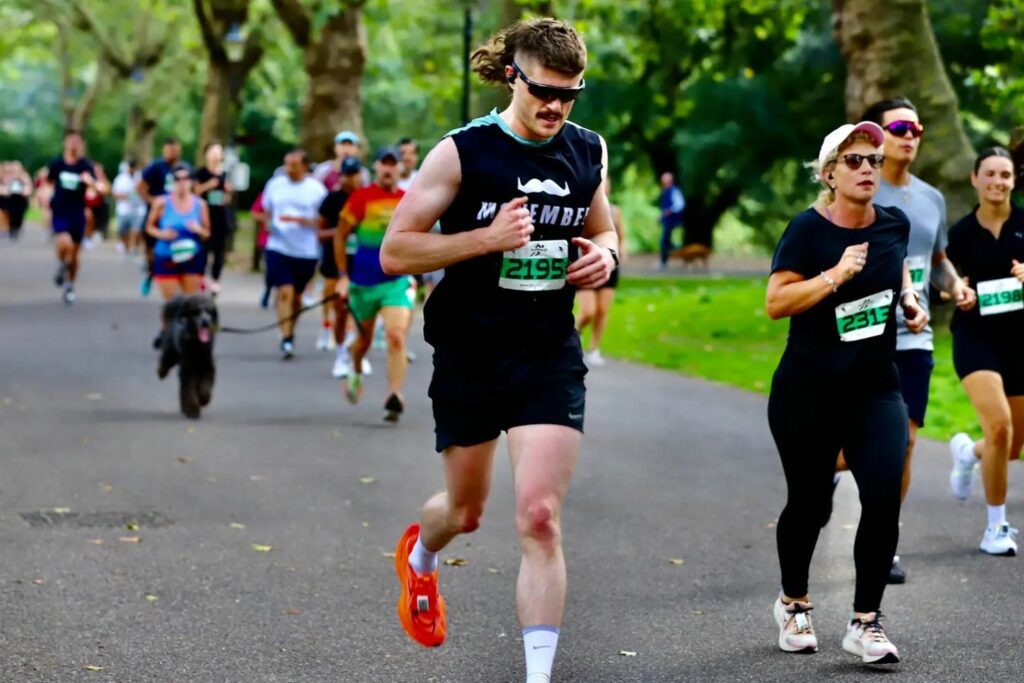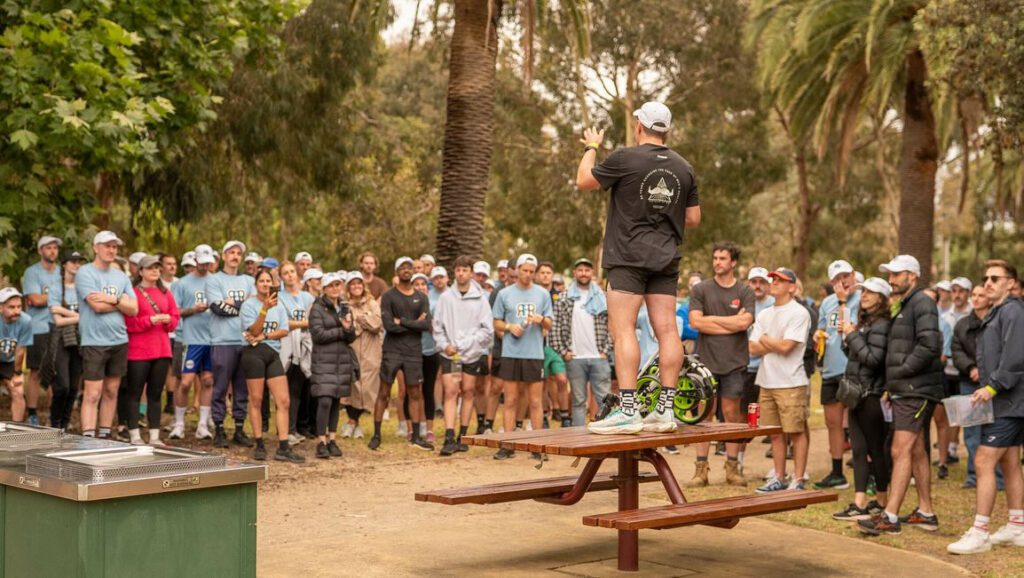

6 key findings from the 2024 Real Face of Men’s Health report
We unpack and decode six of the most important insights from Movember’s Real Face of Men's Health report
This article discusses themes of suicide, including statistics about suicide within First Nations communities in Australia, which may be distressing for some readers. If you or someone you know is struggling, please seek help from a mental health professional or contact a crisis support service. In Australia, you can call Lifeline at 13 11 14 or 13YARN for 24/7 support
PUBLIC PERCEPTIONS of men’s health have come a long way in the 21st century. What was once a social taboo that if you were to bring up in conversation, would either earn you a response in the vein of “toughen up”, or have your mates branding you as soft, is now a regular topic of conversation.
Next month will see the return of Movember, a month when Mo’s across the country will be grown to raise vital funds to fuel year-round impact for men’s health. You can expect your social media feed to be populated by life-saving moustaches and posts championing proactive approaches to health. And, as Movember’s The Real Face of Men’s Health Report suggests, there’s still plenty more work that needs to be done.
The Real Face of Men’s Health Report is more than just a compilation of statistics. It spotlights real experiences and paints a stark picture of the barriers men face in protecting their health. These barriers aren’t isolated to specific groups. For the most part, they affect men across varying social, economic and ethnic backgrounds and range from startlingly high premature death rates to gendered stereotypes preventing men from seeking help. But in all cases, there is room for improvement.
Movember aims to start conversations about men’s health at all levels with the report. To assist, we’re starting at the ground level by breaking down six of its most important findings.
1. Premature death rates among men are startling
A significant portion of Australian men are dying young. The Real Face of Men’s Health report reveals that almost two in five men (37%) die prematurely, before reaching the age of 75. This translates to over 37,000 premature male deaths annually, many of which could be prevented.
The report also states that leading causes of death like coronary heart disease, lung cancer, and suicide disproportionately affect men, particularly in rural and socioeconomically disadvantaged areas. Men in rural areas are also 3.5 times more likely to die prematurely compared to those in inner metropolitan areas
2. Suicide is the leading cause of death for young men
Suicide remains a critical issue among Australian men aged 15-44, where it is the leading cause of death. In Australia, men are three times more likely to die by suicide than women. Indigenous men, in particular, face an even heavier burden, with suicide being the second leading cause of death in Aboriginal and Torres Strait Islander men. Alarmingly, men who die by suicide lose an average of 35 years of life, far more than any other cause of death.

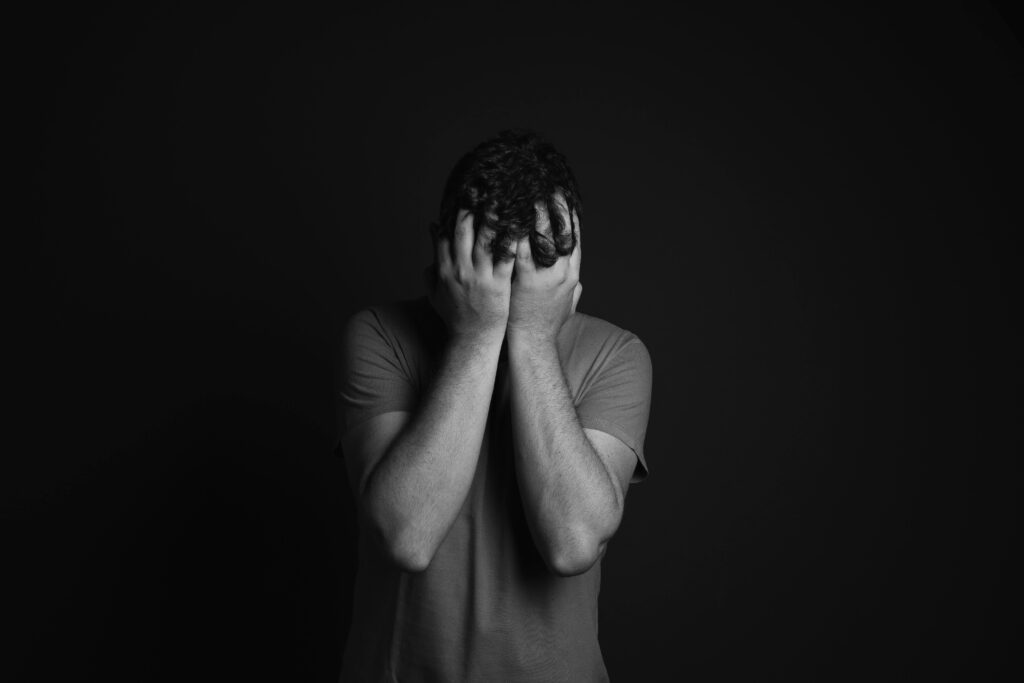
3. Men are more likely to lead unhealthy lifestyles and engage in risky behaviours
The report also shows that Australian men are significantly more likely than women to engage in behaviours that heighten their risk of early death and chronic disease. Men are more likely to smoke, have high blood pressure and lead physically inactive lives, while nearly two in three men (63.5%) have a waist circumference that increases their risk of chronic disease, while alcohol use disorders are 59% higher and drug use disorders 93% higher in men compared to women.
Road traffic injuries are 238% more prevalent among men. The report argues that these unhealthy patterns are often reinforced by social pressures, patriarchal structures, and targeted exploitation by industries like alcohol, gambling and processed foods.
4. The health gap between Indigenous and non-Indigenous men is widening
Aboriginal and Torres Strait Islander men experience the worst health outcomes of any group in Australia, with their premature death rate more than double that of non-Indigenous men. The Real Face of Men’s Health report highlights how systemic barriers, including cultural insensitivity and lack of targeted healthcare services, contribute to this health gap. Structural changes in healthcare delivery, driven by Indigenous leadership, are essential to bridge this divide.
5. Stereotypes and gender bias are hindering men’s health behaviours
The research also sheds some light on how entrenched gender norms negatively influence men’s attitudes toward healthcare. Nearly two-thirds of men reported that gender stereotypes impacted their health behaviours, including their reluctance to seek help or follow medical advice. This is compounded by the experience of gender bias in healthcare settings, where men feel their concerns are dismissed or minimised.


6. Men’s Health literacy needs urgent improvement
Men often lack the tools and knowledge to manage their health effectively. The report shows that many men feel overwhelmed by health information, with a significant number delaying visits to the doctor or not understanding how to navigate the healthcare system. Perhaps more than anything else, we can advocate for more public action to drive change that strengthens health literacy and transforms our healthcare system to meet the needs of all genders, as this will be vital to ensure men recognise the signs of illness early and feel like they are able to seek care.
Together, we can unite to take on men’s health. The Moustache is Calling. Join us this Movember and Grow a Mo or, Move 60km for the 60 men suicide takes globally every hour. Raise funds. Save lives. Sign up now at Movember.com
Keep Reading
What to expect from your first therapy session
Reading time 6 min read
Why I Mo: Harry Cleary
Reading time 6 min read
Why I Mo: Harry Hooper
Reading time 5 min read
Tony Armstrong on how failure made him fearless
Reading time 22 min read






